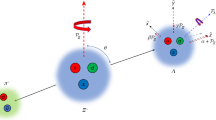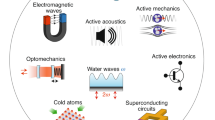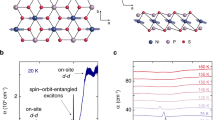Abstract
MR. GRAY has directed attention to a remarkable parallel between the evolution in living species of particular enantiomorphs or optical isomers to the complete exclusion of the other, and the evolution of matter in the Universe to the (apparently) complete exclusion of antimatter. In both cases a particular parity is preferred, that in the latter case being defined by a particular direction for the emission of β-particles relative to an applied magnetic field in β-decay. Under the symmetrical conditions of synthesis in the laboratory, only inactive mixtures of equal quantities of the dextro- and laevoforms are formed, as we would expect if the materials involved in the synthesis are optically inactive. In the case of matter synthesis, the materials appear to be symmetrical, namely, equal numbers of particles and antiparticles produced by pair creation, yet the product is asymmetrical. As Gray points out, the large-scale asymmetry (either in the stereochemistry of naturally occurring molecules or in the creation of matter in the Universe) appears to have evolved from what was initially a very small-scale and chance asymmetry.
This is a preview of subscription content, access via your institution
Access options
Subscribe to this journal
Receive 51 print issues and online access
$199.00 per year
only $3.90 per issue
Buy this article
- Purchase on SpringerLink
- Instant access to full article PDF
Prices may be subject to local taxes which are calculated during checkout
Similar content being viewed by others
References
Thomas, L. H., Nature, 117, 514 (1926).
Thomas, L. H., Phil. Mag., 3, 1 (1927).
Author information
Authors and Affiliations
Rights and permissions
About this article
Cite this article
BROWNE, P. Quasars and Antimatter. Nature 206, 175–176 (1965). https://doi.org/10.1038/206175b0
Issue date:
DOI: https://doi.org/10.1038/206175b0
This article is cited by
-
Quasars, Anti-matter and Optical Asymmetry
Nature (1966)



